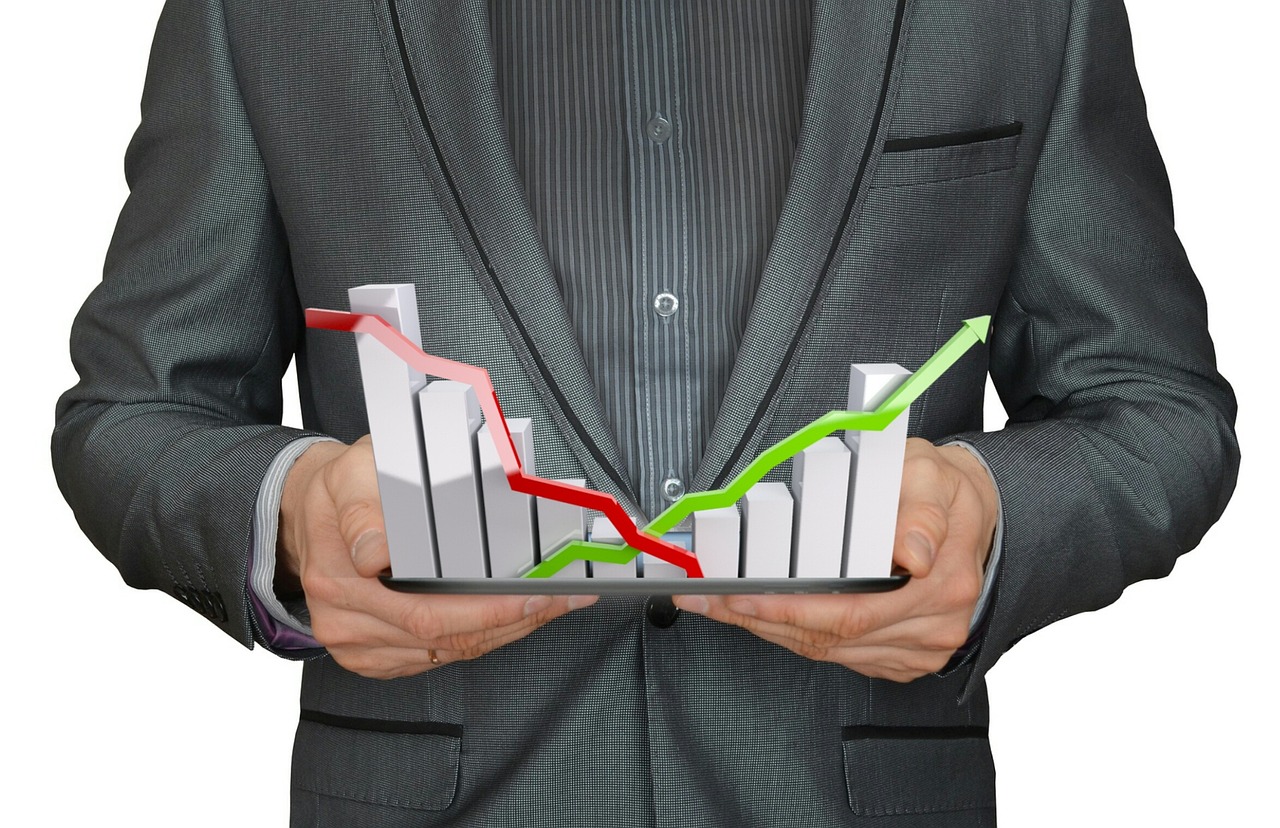When we speak about investing, most people think of it as a modern thing. The stock market has not been in existence for all that long when considered in the context of human history. Modern economics looks extremely different to what we had even a hundred years ago.
However, investing has been around for thousands of years. In ancient times, investing had a more traditional description. A seller of produce may have invested in the success of someone else’s farm, reaping the benefits in a commission on the profits. A lender may have lent money to others with the understanding that they would get paid back with interest.
In short, while investing has existed for an incredibly long time, it has taken on many different guises over the millenia. With today’s incredible pace of change, the evolution of investing has been rapid over the past few decades.
Modern technology has already changed investing significantly. It is set to change it even further in the years to come, to the extent that it may be almost unrecognizable just ten years from now, especially in the context of the innovation in investing with apps.
Here are 6 ways technology has changed investing.
1. Terminals
Trading on the stock market used to be a much more analogue process. Getting all the necessary information and making decisions based on it would take a long time, as each part had to be done manually. That all changed when computerized trading terminals came into existence in the ‘60s.
While the first terminals were created by Ultronics and Scantlin Electronics, it was the Bloomberg Terminal that really changed the game. The Bloomberg Terminal provided investors with a way of receiving all the real-time information at their business headquarters, with the tools to execute trades immediately.
The Bloomberg Terminal is used to this day as the industry standard for big investors.
2. Online Trading
The advent of the internet changed the scope of the information available at any one point in time. Instead of having to source information from multiple sources through unreliable communications mediums, the internet allowed investors to find what they needed immediately, including the best trading strategies.
Of course, the internet has not always looked like it does now. Over the decades during which the internet has existed, the amount of data available has grown exponentially. Now there is so much data available at any one moment that manually sourcing a second’s worth of information would take years.
Initially, this made it easier to assess information and make decisions. However, there came a tipping point at which the type of data available changed on a fundamental level.
3. Big Data
How does big data differ from data? Essentially, big data is the collection of data on a massive scale impossible to any human. It can only be done by AI, which collects data regarding everything from businesses to individuals, categorizing and analyzing it. With big data, you can find patterns of behavior among groups of people or businesses.
Big data has changed trading on a fundamental level because we can now analyze the markets based on objective information. Instead of relying on intuition, there is solid evidence for which trends are real and why they are occurring.
Big data has also allowed for better regulation of the markets. Agencies like the SEC can use it to identify illegal trading activity based on anomalies. It is only in contrast to the extensive data showing what is ‘normal’ that these anomalies can be flagged.
4. Algorithmic Trading
Big data is useless on its own. There is far too much data to personally analyze. As such, only with the advent of algorithmic trading could big data actually make a difference. Algorithmic trading does not refer to any one type of trading. Rather, it is any trades that are informed by analysis retrieved through algorithms.
In some cases, this is an entirely automated process, with humans relying on the AI. In other cases, it is used to find specific trends which an investor then analyzes to determine which trades to execute.
Even the most analogue trader today uses algorithms and big data, as the information they receive from news sources is based on that data.
5. Portable Devices
The existence of portable devices, leading to smartphones, changed how trading looked for big and small investors alike. Instead of being tied to a location and time, people can now trade from anywhere in the world at any time of day. They can receive all the data they need on their smartphones and execute trades.
This has also opened the door for many part-time investors, who trade as a hobby or to make some extra money on the side. Without the easy access to their investments, they would be unable to carry out many trades during busy work days.
It is in the building of investment apps that this has become truly convenient and accessible.
6. Social Media
The most recent way that technology has changed trading is through social media. Instead of trading being a private matter, carried out by individuals and companies without much input from the crowd, it is becoming more common to share one’s experiences and ideas. This culminated in the Reddit-driven GameStop phenomenon of January 2021.
It was the WallStreetBets subreddit that came up with the idea of driving the price of GameStop shares up, leading to chaos in the traditional trading sphere. Even modern innovations like RobinHood did not know how to handle the crowd-sourced movement.
Technology has changed trading significantly over the past few decades. As innovation proceeds at an even more rapid pace, we can expect to see some big changes in the years to come.







